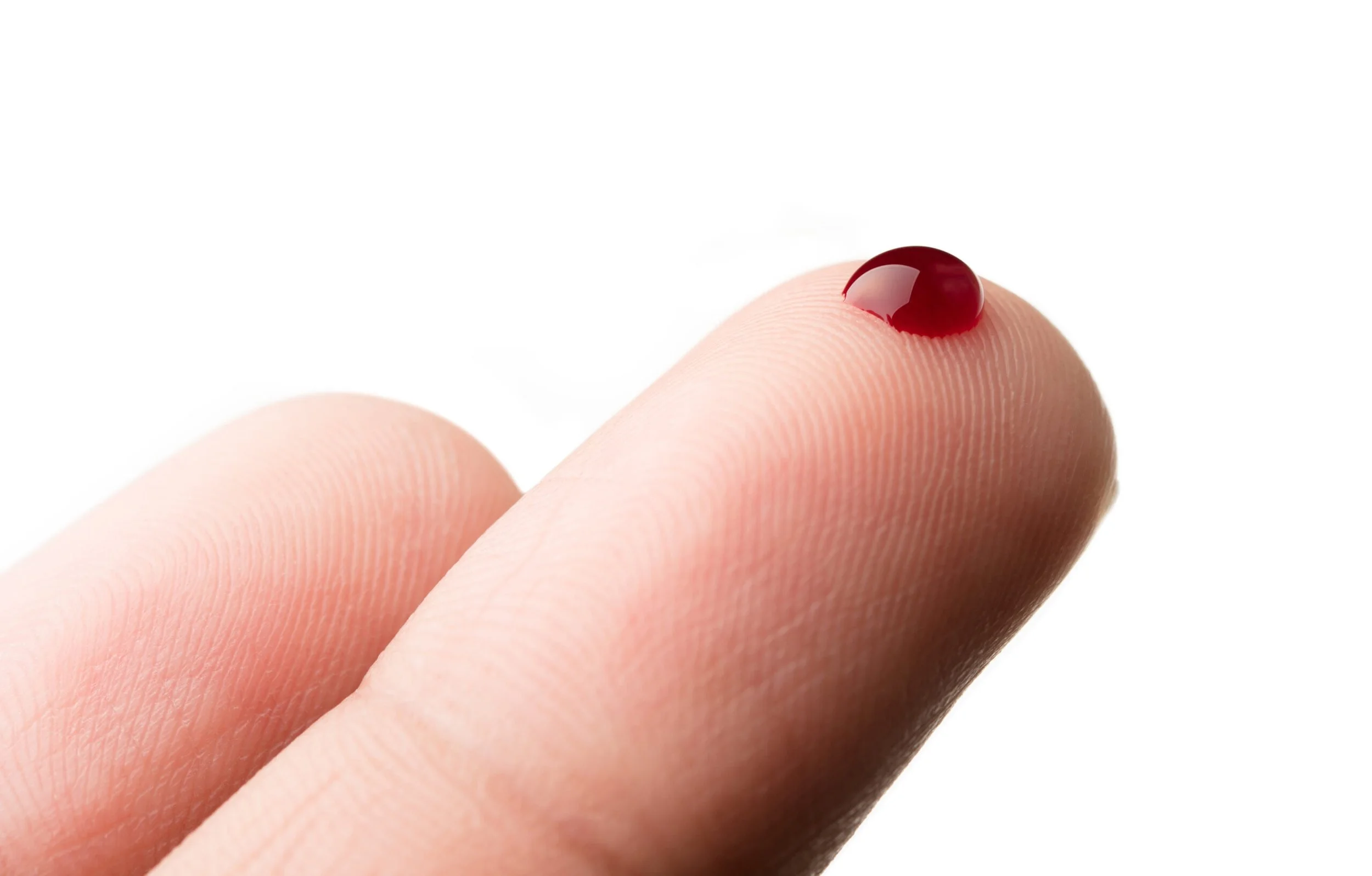
Cosmic Isolation
Aliens exist, unquestionably—statistically guaranteed by the immensity of the universe. Yet we hear nothing. This silence, known as the Fermi Paradox, is deeply unsettling. It confronts humanity with an uncomfortable truth: perhaps the aliens see us clearly and have wisely chosen invisibility over interaction. After all, humans are aggressive, curious creatures prone to either attack or seduce the unknown. Historically, we’ve slaughtered our own kind over land, beliefs, and simple misunderstandings. Why would an interstellar civilization, wise enough to cross galaxies, risk exposure to such chaos?

We, the Last Humans
Humanity’s dominance arose not purely from strength, but paradoxically from our fear—fear of what was almost human. Imagine confronting beings so similar to ourselves, yet unsettlingly different: the robust Neanderthal, the enigmatic Denisovan, the resourceful Floresiensis. They embodied our greatest existential threat—reflections that forced us to face our deepest insecurities. Driven by this primal unease, we absorbed their tools, their knowledge, their genes, and eventually, their very essence.

One Blood
Blood type O is humanity’s ancestral blood, originating in Africa. As humans journeyed beyond African landscapes, new diets and diseases birthed variations—blood types A, B, and eventually AB—each reflecting specific environmental pressures. Agriculture gave rise to type A, pastoral life favored type B, and intermingling of cultures introduced type AB. Yet despite these variations, blood still flows seamlessly across racial and geographic boundaries.
Skin pigmentation, frequently mistaken for deeper biological divides, is actually a simple response to climate: darker skin to shield against harsh UV rays near the equator, lighter tones evolving in colder climates to ensure sufficient vitamin D production. In fact, global maps of skin color mirror climatic zones perfectly. Thus, skin color indicates environmental adaptation, not genetic separation.

The Best Country in the World?
Think about it. If the U.S. vanished overnight:
• The global economy collapses. The U.S. dollar is the backbone of international trade. Remove it, and financial markets implode.
• Wars break out. No U.S. military means power vacuums everywhere—Russia moves on Europe, China takes Taiwan, the Middle East spirals.
• Technology stalls. Silicon Valley, NASA, MIT, all gone. No more cutting-edge research, no more AI breakthroughs, no more space travel.
• Culture takes a nosedive. No Hollywood, no pop music, no sports empires. The world loses its biggest cultural engine overnight.

The Geometry of Attraction
Attraction isn’t random—it follows a deep, instinctual logic. Men are drawn to curves, women seek health. This pattern, etched into our biology, explains why men fixate on circles—breasts, hips, the arch of a spine—while women scan for strength, balance, and presence. In this Fowklaw piece, we break down the evolutionary psychology behind physical attraction and why these preferences have stood the test of time.